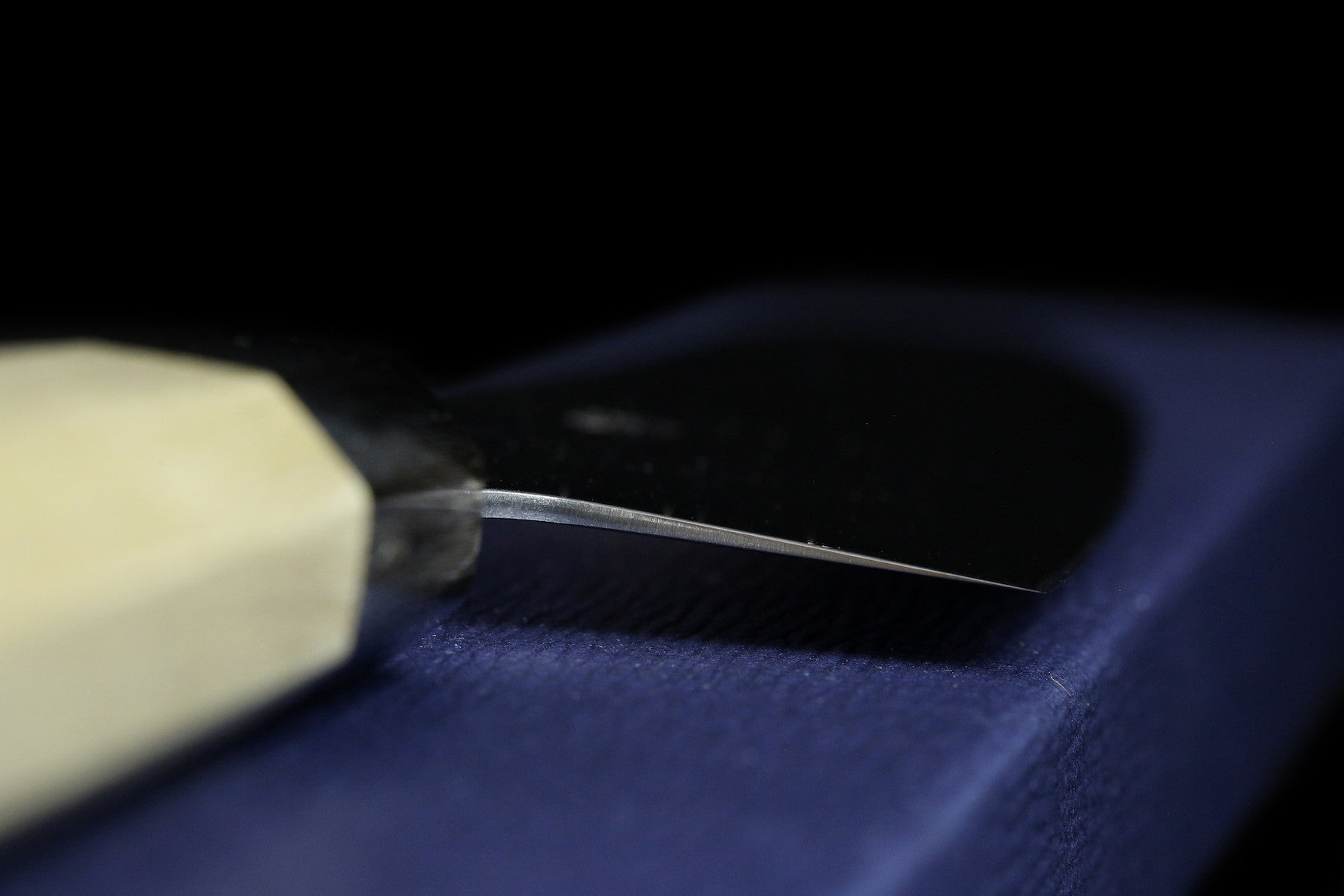What determines whether a knife will benefit from a microbevel? Is it the steel, the geometry, the use (and I guess possibly abuse) to which the knife will be put or something else?
What sort of angle do you use for the microbevel? Always a single sided microbevel? Always on the right side?
With a wide bevel ryoba, is it better to add a primary bevel on each side or sharpen the wide bevel to the edge (is this what is meant by "zero grind"?) and add a microbevel?
What sort of angle do you use for the microbevel? Always a single sided microbevel? Always on the right side?
With a wide bevel ryoba, is it better to add a primary bevel on each side or sharpen the wide bevel to the edge (is this what is meant by "zero grind"?) and add a microbevel?






